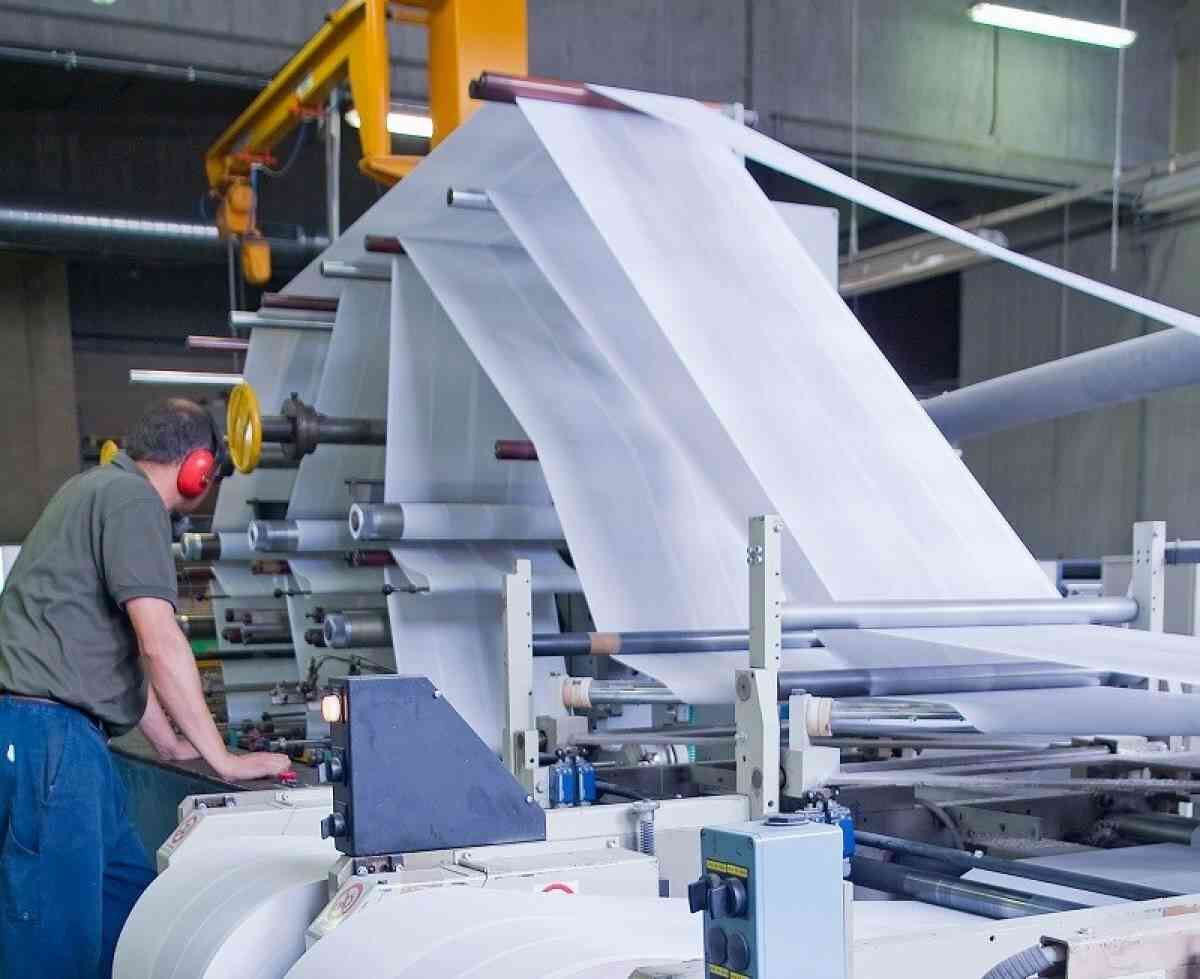Tips For Keeping Your Lithography Equipment Up And Running
- - Category: Electronics
- - 16 Feb, 2023
- - Views: 364
- Save

Lithography is a printmaking process that requires a large machine you have the responsibility of maintaining.
Lithography is a printmaking process in which a design is drawn onto a prepared plate and etched into a surface. In the modern world, lithography is used to create printed electronics and integrated circuit (IC) components for a variety of products, as well as a slower but more high-quality method of printing books, catalogs, and posters. Because the technology requires a lot of moving parts, keeping your lithography equipment up and running requires regular maintenance in order to keep things running smoothly. Below are some tips for keeping your lithography machine in top condition in order to keep production up and delays low.
Regular Maintenance
Keeping your lithography equipment in good working condition should be a priority for any business that relies on it. Regular maintenance of your equipment will help ensure it is in proper working order, saving time and money down the road. After all, preventative care is much less costly than an unexpected breakdown or malfunction. To keep your lithography equipment running well, make sure to regularly check for signs of wear and tear, clean out dust and debris from inside the machine, check fluid levels, inspect the wiring and other components, and perform any necessary calibration or adjustments.
Checking Settings
One of the most important things you can do when it comes to keeping your lithography equipment up and running is to make sure that all settings are correct before each use. This includes setting exposure times, temperature levels, pressure settings, etc., depending on the type of material being processed. For example, if you use a laser system for engraving, you will need to adjust the power level accordingly. It’s also important to check any safety features, such as emergency shut-off switches, before operating the machine each time as well as making sure all guards are securely in place.
Using Quality Materials
Another way to keep your lithography equipment running well is by only using quality materials for its parts and the materials it prints on. This includes consumables, such as chemical etchants, and replacement parts, like belts or rollers. Using inferior-quality products may result in poor results or even damage to the machine itself. It’s best practice to always go with trusted, high-quality products when possible, as they tend to be more reliable than cheaper alternatives. In addition, make sure you have plenty of supplies on hand so that you don’t have any unexpected delays due to supply shortages during production runs.
Replace Parts Before They Wear Out
Finally, it's important to replace any worn-out or damaged parts before they completely break down in order to avoid causing damage to your machine. This includes replacing any belts, rollers, springs, and other components that may become worn or broken after heavy or prolonged use. It’s also beneficial to have spare parts on hand for quick replacements in case of an emergency. Doing so will save time, as well as help to keep your lithography equipment running smoothly. All of this can be easily accomplished by having regular contact with companies that provide the necessary parts, preferably companies that cater specifically to lithography machines, as it means they'll have components specifically tailored to the machines you use, for example, the veeco star 100.
Keeping your lithography equipment running well involves regular maintenance, checking all settings before each use, using quality materials and replacement parts, and replacing any worn-out parts before they fail. By following these tips, you can ensure that your lithography equipment is in top condition to keep production up and delays low. Regular maintenance will also help to prevent unexpected breakdowns and malfunctions, saving your business time and money in the long run.

